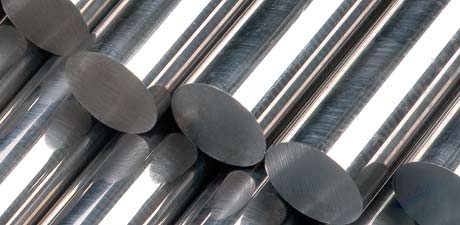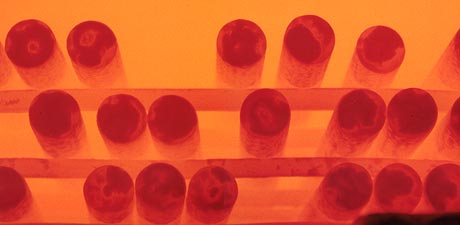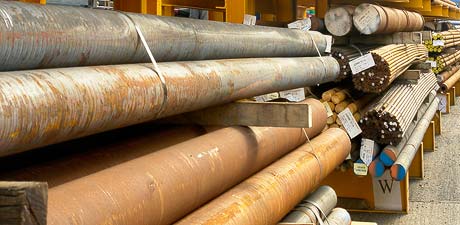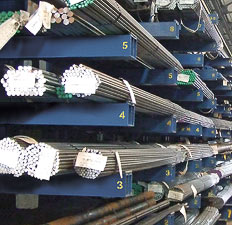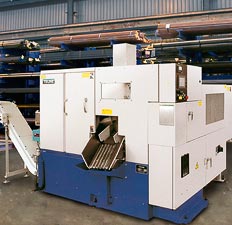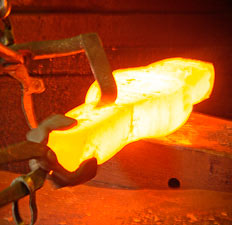Technical Data
Metallurgical Terms
V.
Chemical symbol for vanadium.
Vacancy.
An empty atomic site within the crystal lattice. Vacancies can move about within the crystal under the application of stress.
Vacuum Degassing.
By casting steel in a vacuum it is possible to reduce considerably the gas content, particularly hydrogen. Other advantages are also obtainable, such as a reduction in non-metallic inclusions. In stream degassing, molten metal is poured into an ingot mould or a ladle previously placed within an evacuated chamber. The molten stream is broken up into droplets by gas evolution which takes place very rapidly. In ladle degassing, the ladle of molten metal is placed within a chamber, which is then evacuated; an inert gas such as argon or helium may be used to stir the molten metal and thus assist hydrogen removal. Other methods of ladle degassing can be used in which the liquid steel is siphoned into an evacuated chamber and returned to the ladle. The ladle of degassed metal can be subsequently poured into moulds in air in the normal manner.
Vacuum Melting.
Two methods are used for steel. Vacuum induction melting uses a high frequency induction furnace contained in a chamber which can be evacuated. Arrangements are made for adding alloys and for casting into moulds without breaking the vacuum. The other method, consumable electrode remelting, uses an ingot or billet as an electrode from which an arc is struck, melting the steel into a water-cooled copper crucible and building up an ingot which can be subsequently forged or rolled in the normal manner. No alloy additions can be made during this process, so the electrode must approximate to the required composition. With both methods there is a reduction in the content of gas and of some other elements, such as manganese, which are volatile at the low pressures and high temperatures operating in the vacuum chamber. Improved cleanness is also obtained, although in the vacuum induction process the metal may be contaminated to some extent with oxides from the refractory lining of the furnace. In the consumable arc process, since only a small pool of metal is molten at any one time, segregation is usually less marked than in the product of other melting processes and the continuous freezing from the bottom gives a very sound ingot.
Vickers Hardness Test.
A diamond pyramid of 136° angle is pressed into the polished surface of the specimen and the diagonals of the impression are measured with a microscope fitted with a micrometer eyepiece. The rate of application and duration of loading are automatically controlled and the load can be varied from 1 to 120 kg. The hardness number is obtained by dividing the load by the surface area of the indentation.
Vitreous Fracture.
(See Fracture).


